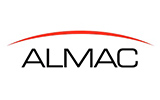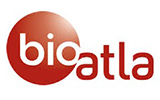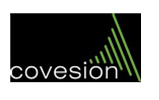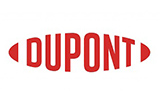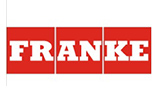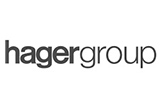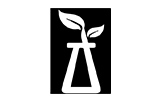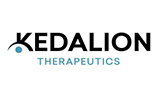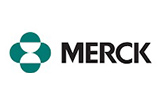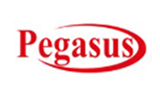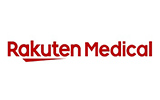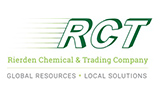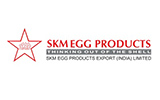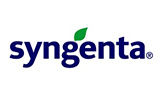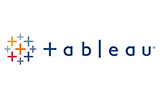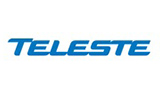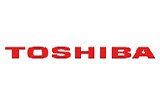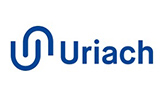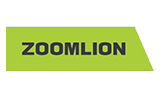1. Research Framework
1.1. Research Objective
1.2. Product Overview
1.3. Market Segmentation
2. Executive Summary
3. Australia Industrial Gases Market Insights
3.1. Industry Value Chain Analysis
3.2. DROC Analysis
3.2.1. Growth Drivers
3.2.1.1. Expansion of the Mining and Construction Sectors
3.2.1.2. Growing Need for Alternate Energy Sources
3.2.1.3. Increasing Demand for Frozen and Stored Food
3.2.1.4. Increasing Demand from the Healthcare Sector
3.2.2. Restraints
3.2.2.1. Environmental Regulations and Safety Issues
3.2.2.2. Fluctuations in Raw Material Prices
3.2.2.3. Competition from Imports
3.2.3. Opportunity
3.2.3.1. Technological Advancements
3.2.3.2. Growing Demand of Clean Energy
3.2.3.3. Increasing Awareness about Environment Protection
3.2.4. Challenges
3.2.4.1. Skilled Labor Shortage
3.2.4.2. Aging Infrastructure in Australia, such as Gas Pipelines
3.3. Technological Advancements/Recent Developments
3.4. Regulatory Framework
3.5. Porter's Five Forces Analysis
3.5.1. Bargaining Power of Suppliers
3.5.2. Bargaining Power of Buyers
3.5.3. Threat of New Entrants
3.5.4. Threat of Substitutes
3.5.5. Intensity of Rivalry
4. Australia Industrial Gases Market: Marketing Strategies
5. Australia Industrial Gases Market Overview
5.1. Market Size & Forecast, 2019-2030
5.1.1. By Value (USD Billion)
5.1.2. By Volume (Billion Tons)
5.2. Market Share & Forecast
5.2.1. By Product Type
5.2.1.1. Nitrogen
5.2.1.2. Oxygen
5.2.1.3. Carbon Dioxide
5.2.1.4. Hydrogen
5.2.1.5. Ammonia
5.2.1.6. Methane
5.2.1.7. Propane
5.2.1.8. Butane
5.2.1.9. Others (Nobel gases)
5.2.2. By Mode of Distribution
5.2.2.1. Tonnage
5.2.2.2. Packaged
5.2.2.3. Bulk
5.2.3. By Application
5.2.3.1. Packaging
5.2.3.2. Coolant
5.2.3.3. Cutting & Welding
5.2.3.4. Laboratories
5.2.3.5. Others (Air Separation, Cryogenic)
5.2.4. By End User
5.2.4.1. Electronics
5.2.4.2. Food & Beverages
5.2.4.3. Oil & Gas
5.2.4.4. Medical & Pharmaceutical
5.2.4.5. Automotive & Transportation
5.2.4.6. Energy & Power
5.2.4.7. Others (Chemical Processing & Refining, Metal Manufacturing & Fabrication)
6. Australia Industrial Gases Market: Import & Export
7. Competitive Landscape
7.1. List of Key Players and Their Offerings
7.2. Australia Industrial Gases Company Market Share Analysis, 2023
7.3. Competitive Benchmarking, By Operation Channel Parameters
7.4. Key Strategic Developments (Mergers, Acquisitions, Partnerships, etc.)
8. Impact of Escalating Geopolitical Tensions on Australia Industrial Gases Market
9. Company Profiles (Company Overview, Financial Matrix, Competitive Landscape, Key Personnel, Key Competitors, Contact Address, Strategic Outlook, and SWOT Analysis)
9.1. Coregas
9.2. Linde plc
9.3. BASF SE
9.4. Air Products and Chemicals, Inc
9.5. SOL Spa
9.6. Air Liquide
9.7. Kleenheat
9.8. Other Prominent Players
10. Key Strategic Recommendations
11. Research Methodology
11.1. Qualitative Research
11.1.1. Primary & Secondary Research
11.2. Quantitative Research
11.3. Market Breakdown & Data Triangulation
11.3.1. Secondary Research
11.3.2. Primary Research
11.4. Breakdown of Primary Research Respondents, By Region
11.5. Assumption & Limitation
*Financial information of non-listed companies will be provided as per availability
**The segmentation and the companies are subjected to modifications based on in-depth secondary for the final deliverable


